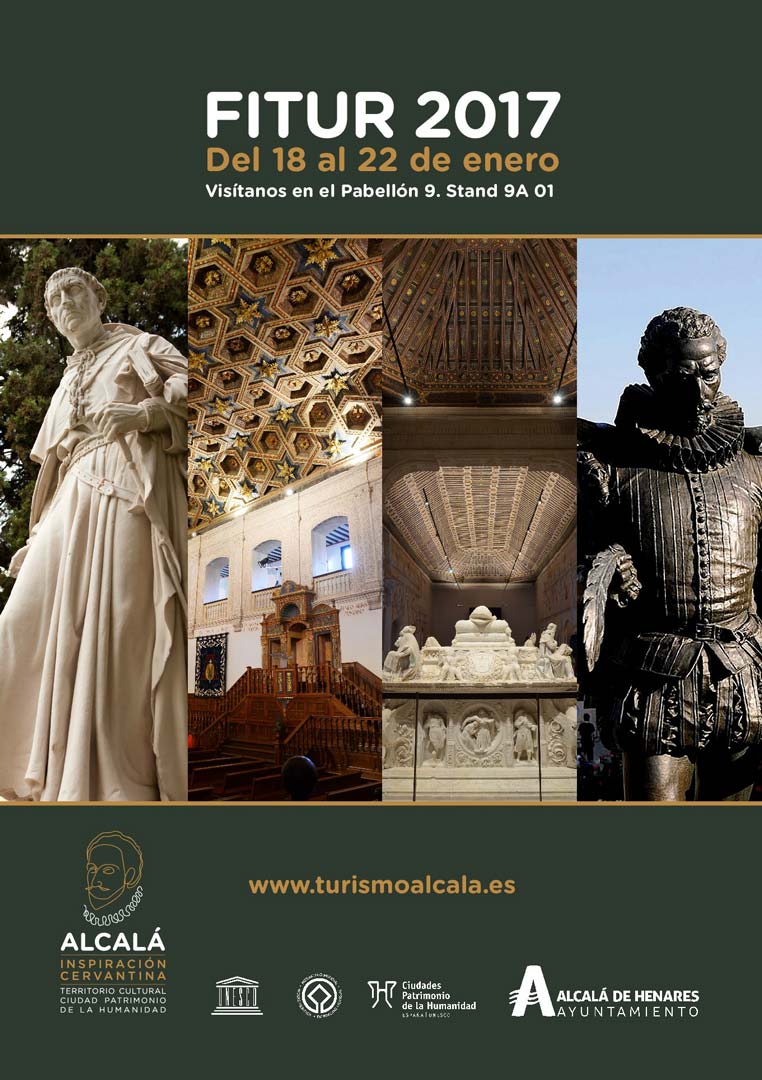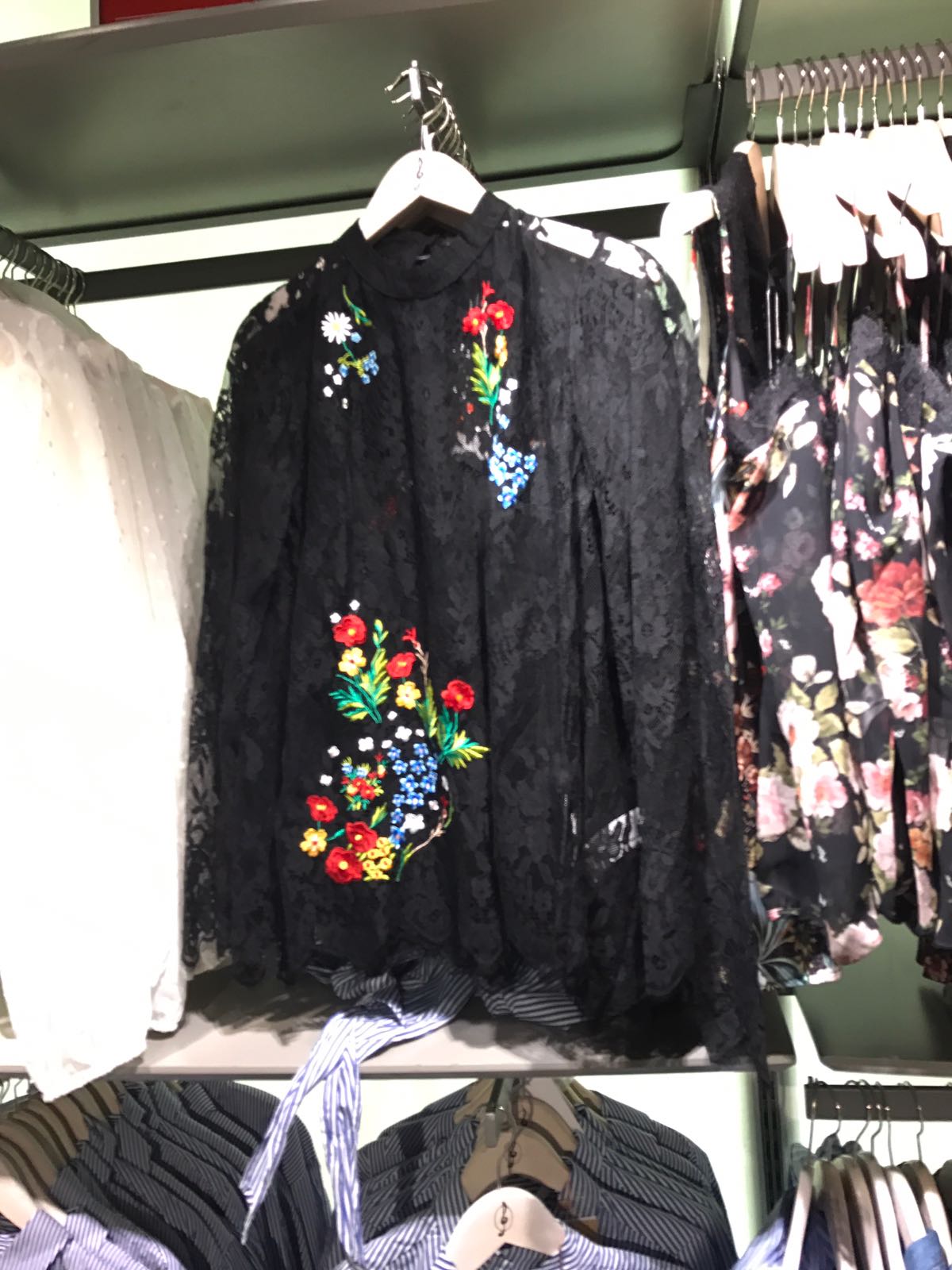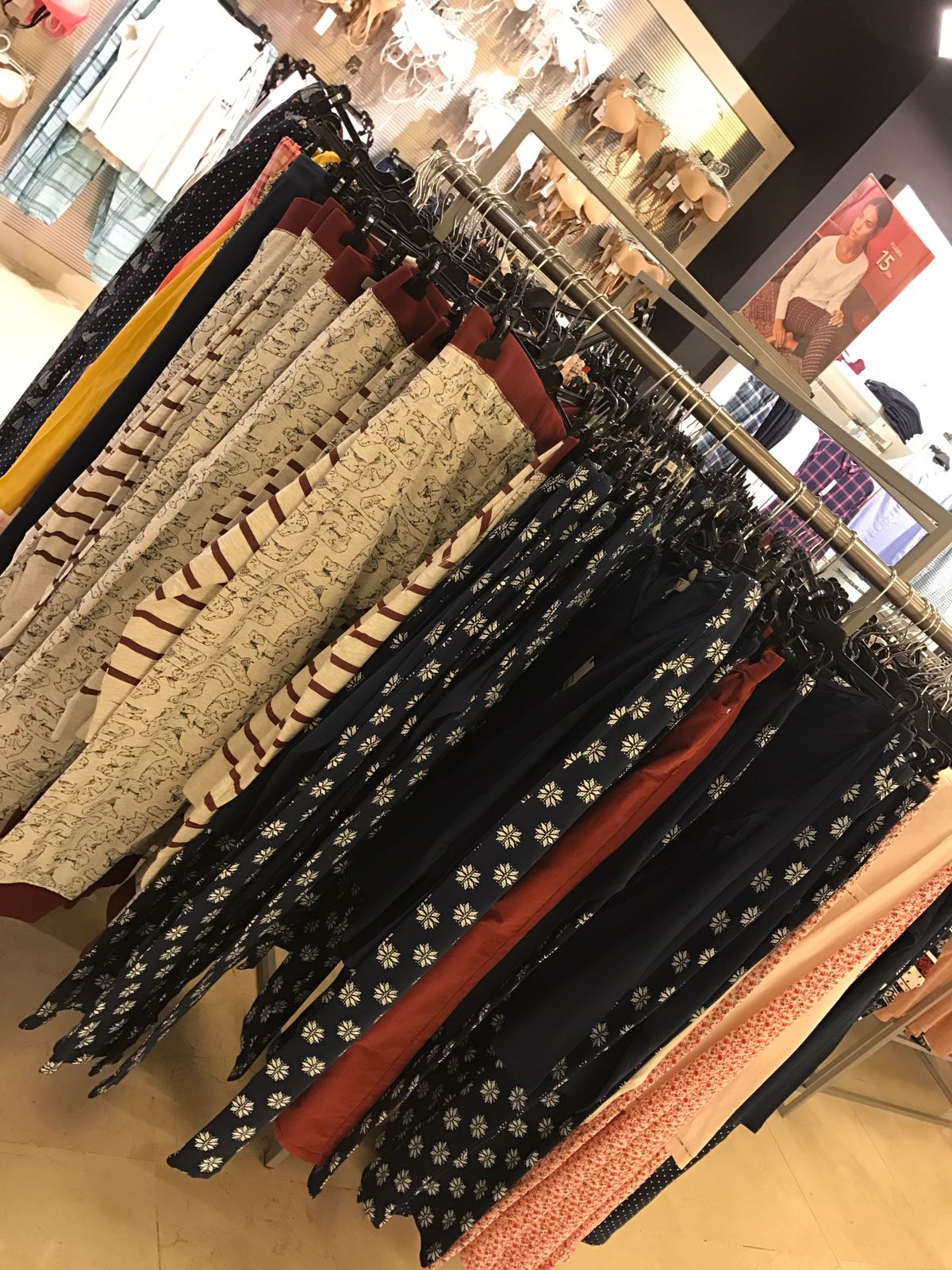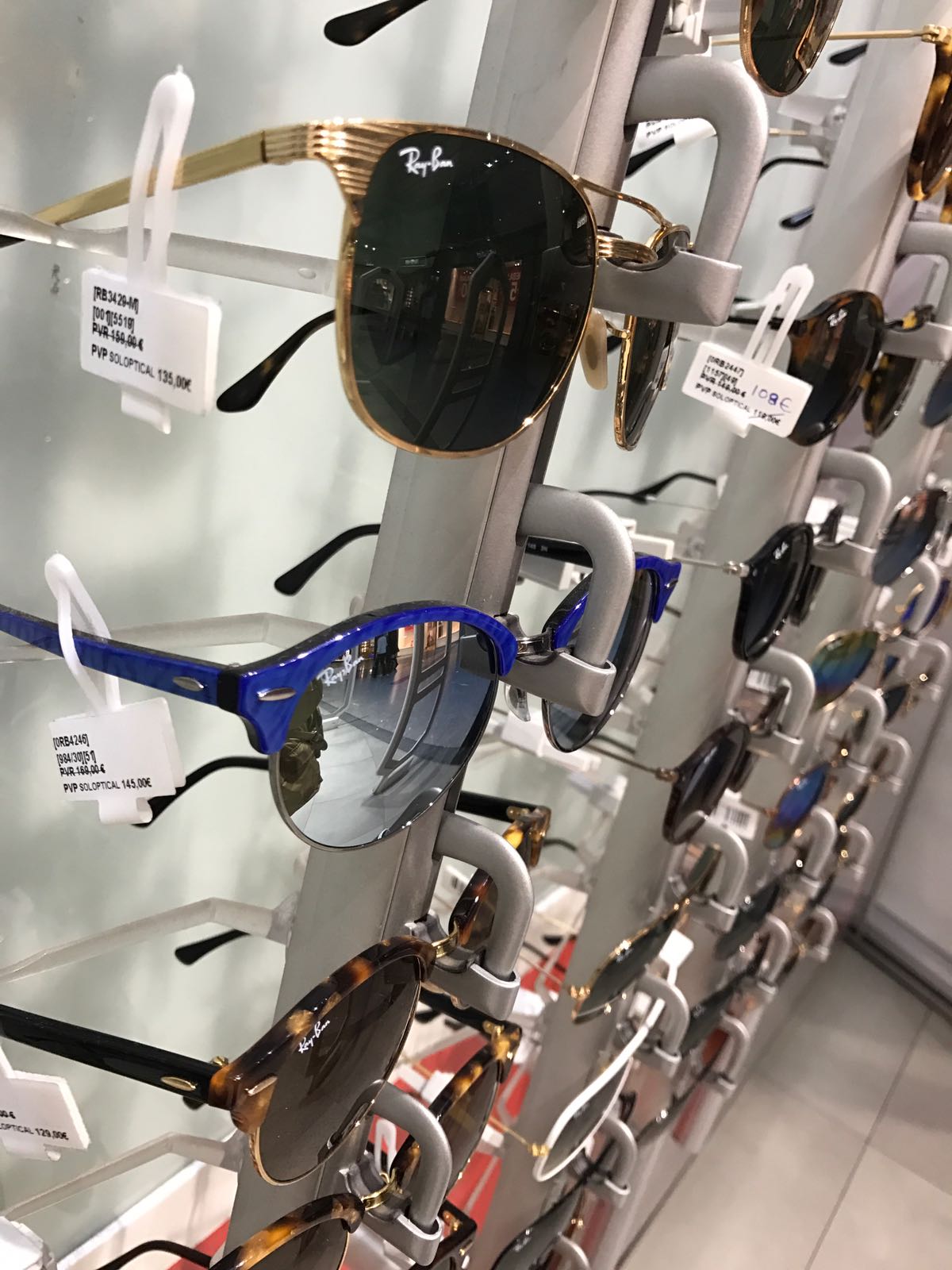Hoy vamos a hablar del Vicks Vaporub. Sí, sí, ese ungüento que lleva utilizándose década tras década para aliviar la tos y otros síntomas del resfriado. De hecho, seguro que muchas de vosotras aún recordáis cuando vuestra madre os lo ponía en el pecho para aliviar la congestión y para que pudieseis respirar mejor por las noches. Una tradición que probablemente habéis seguido practicando muchas de vosotras con vuestros pequeños, ¿verdad?
Su uso básicamente está indicado para aliviar los síntomas de la congestión nasal y la tos, especialmente causados por la gripe o por el resfriado común. Además, es útil para reducir los dolores musculares causados igualmente por estas dos patologías tan habituales sobre todo en los meses de otoño y de invierno.
Así, por ejemplo, mientras que, para descongestionar las vías respiratorias debe aplicarse un poco de Vicks Vaporub en el pecho, y para calmar la tos se debe aplicar en la zona del cuello, y cuando se desean calmar las molestias musculares del resfriado común la zona a tratar será la espalda.
Pero, lo que pocas conocemos es que, más allá de aliviarnos cuando tenemos problemas de resfriados, Vicks Vaporub tiene otros sorprendentes usos a los que le podemos sacar mucho provecho. ¿Quieres saber cuáles son? Sigue leyendo:
Alivia el dolor muscular
Al aportar un alivio rápido y estimular la circulación sanguínea, sobre todo después de practicar ejercicio físico intenso, es útil para calmar el cansancio muscular y los músculos doloridos.

Elimina el hongo de las uñas
Aplica una pequeña cantidad en cada una de tus uñas afectadas todos los días durante una semana y verás cómo después la uña cambia a un color más oscuro; más tarde la uña nueva crecerá sana y el hongo irá desapareciendo. Sorprendente, ¿verdad?
Contra el dolor de cabeza
La próxima vez que sientas que te estalla la cabeza, prueba a frotar un poco de Vicks Vaporub en la frente. El mentol ayudará a aliviar la presión.

Mejor en los pies
Tradicionalmente aplicamos Vicks Vaporub en el pecho o espalda para aliviar los síntomas del resfriado. Pero ¿sabías que es mucho más eficaz si lo aplicamos en los pies? Protege tus pies con unos calcetines tras la aplicación y te sentirás mucho mejor durante la noche.

Adiós a las espinillas
Si sufres habitualmente por la presencia de granitos en el rostro o en la espalda y también sueles tener espinillas, Vicks Vaporub es útil para su tratamiento. Aplica una cantidad pequeña en la zona a tratar y notarás los resultados.

Contra los «escapes» de tu mascota
En general, los perros suelen ser bastante reacios al olor del Vicks Vaporub, por lo que siempre procurarán evitar un tarro abierto del producto. Por ello, muchos veterinarios recomiendan depositarlo en las zonas de la casa que vuestras mascotas utilicen como baño.

A prueba de arañazos
Los gatos tampoco se libran de los usos del Vicks. Y es que para evitar que arruine tus puertas, paredes y ventanas, aplica una pequeña cantidad donde el animal arañe. Los gatos detestan el olor y se alejarán.

Contra los moretones
Si te has golpeado y tienes un moretón que quieres que desaparezca, mezcla una pequeña cantidad de Vicks Vaporub con una pizca de sal marina y aplica esta mezcla sobre el golpe, masajea y repite esto hasta que moretón desaparezca.

Adiós, mosquitos
Si necesitas repeler a los mosquitos pero no tienes repelente, el Vicks Vaporub puede sacarte de este apuro, aplica un poco de este producto sobre la piel y verás que los mosquitos no te picarán.

Sana heridas rápidamente
Si te has raspado o sufrido un corte, puedes utilizar esta pomada para prevenir que la herida se infecte y hará que sanes muchísimo más rápido.

Como ves el archiconocido Vicks Vaporub tiene usos sorprendentes, seguro que alguno te ha sorprendido. ¡Si es así, comparte este post!



















































































































